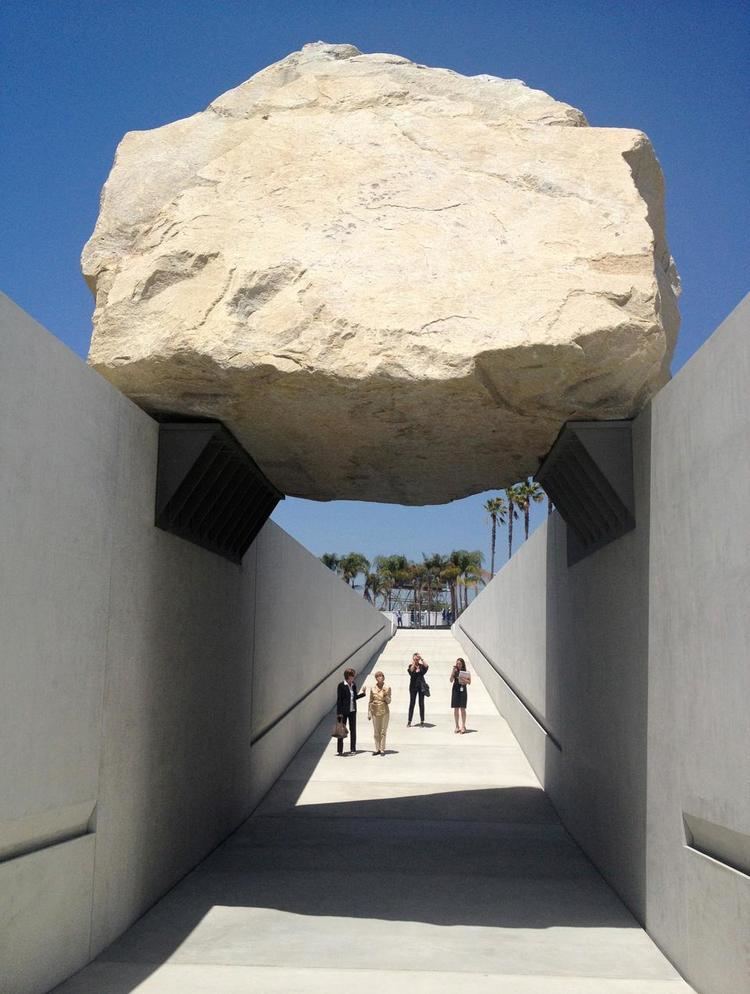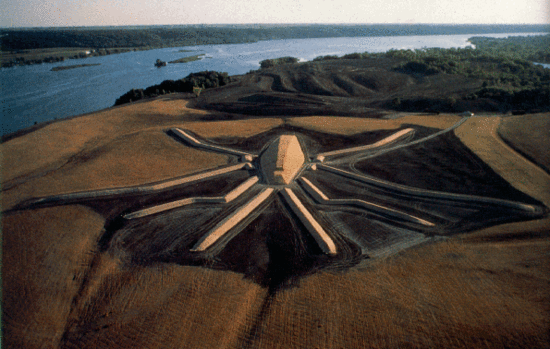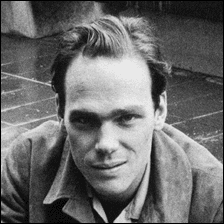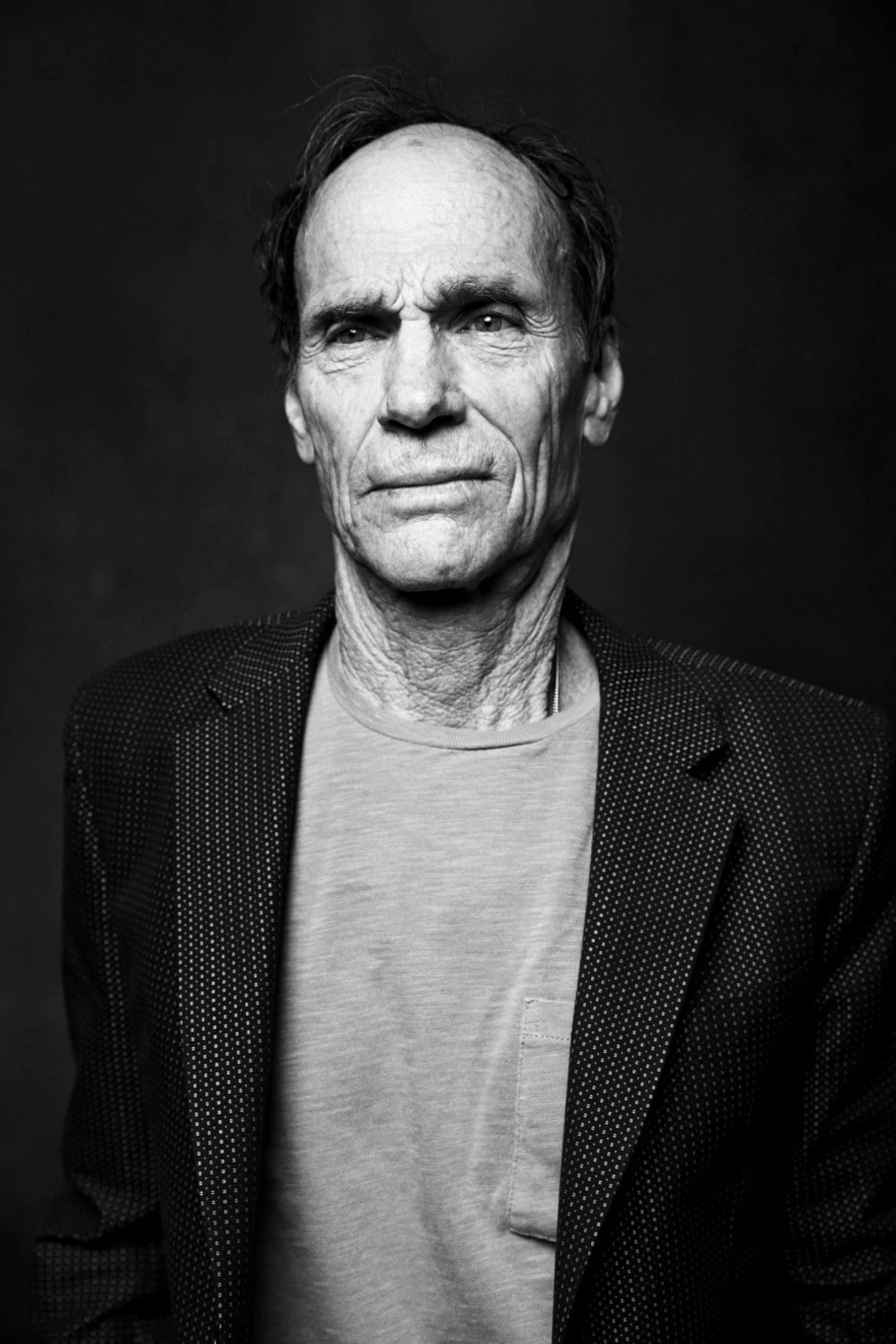Role Artist | Name Michael Heizer | |
 | ||
Books Sculpture in reverse, Michael Heizer: Sculpture in Reverse Awards Guggenheim Fellowship for Creative Arts, US & Canada Parents Robert Heizer, Nancy Elizabeth Jenkins Siblings Stephen Heizer, Sydney Heizer | ||
Levitated mass the story of michael heizer s monolithic sculpture
Michael Heizer is a contemporary artist specializing in large-scale sculptures and earth art (or land art). He currently lives and works in Hiko, Nevada.
Contents
- Levitated mass the story of michael heizer s monolithic sculpture
- Land art celebrating the work of michael heizer robert smithson and walter de maria
- Early life and education
- Work
- Major permanent commissions
- Other works
- Exhibitions
- Homages
- References

Land art celebrating the work of michael heizer robert smithson and walter de maria
Early life and education

Michael Heizer was born in Berkeley, California in 1944, the son of the distinguished University of California, Berkeley archaeologist Dr. Robert Heizer. He spent one year of high school in France. He attended the San Francisco Art Institute (1963–64) and moved to New York City (1966), where he found a loft on Mercer Street in SoHo and began producing conventional, small-scale paintings and sculptures....
Work

In the late 1960s, Heizer left New York City for the deserts of California and Nevada, where he began to produce large-scale works that could not fit into a museum setting and could only possibly be displayed through photographs. In 1967, he completed North, East, South, West 1, which included several holes he dug in the Sierra Nevada, the holes akin to the shapes in his paintings. In 1969, Heizer made the series Primitive dye paintings, in which bright big bags of white lime powder and concentrated aniline dyes were spread over the dry desert landscape, covering large areas that, when viewed from the air, formed amorphous, organic shapes. Later that year, Heizer began to create "negative" sculptures by cutting directly into the earth. Made in 1968, Heizer's Nine Nevada Depressions series of pieces was located primarily on dry lakes throughout the state, comprising a 520-mile earthwork. Jean Dry Lake, south of Las Vegas, has totally absorbed Heizer's "Rift 1", a zig-zag trench dug into the lake surface in 1968, as the first of the Nine Nevada Depressions. Dissipate consisted of five small trenches lined in wood, inserted into the playa at the Black Rock Desert. Isolated Mass/Circumflex, the ninth piece, is a circular loop made in a dry lake bed surface at Massacre Dry Lake, near Vya, Nevada. Heizer displaced 6 tons of earth, making a one-foot-wide trench, 120 feet long, with the loop being 12 feet in diameter. This culminated in the production of Double Negative in 1969 and 1970, a project for which he displaced 240,000 tons of rock in the Nevada desert, cutting two enormous trenches—each one 50-feet-deep and 30-feet-wide and together spanning 1,500 feet—at the eastern edge of Mormon Mesa near Overton, Nevada.

Since then, Heizer has continued his exploration of earthworks. His Adjacent, Against, Upon (1976) juxtaposes three large granite slabs in different relationships to cast concrete forms; the 30-50 ton granite slabs were quarried in the Cascade Mountain Range and transported by barge and train to Myrtle Edwards Park. For "Displaced/Replaced Mass" (1969/1977), later installed outside the Marina del Rey, California, home of Roy and Carol Doumani, he planted four granite boulders of different sizes from the High Sierra into lid-less concrete boxes in the earth so that the tops of the rocks are roughly level with the ground. For a 1982 work at the former IBM Building in New York, Heizer sheared off the top of a large rock and cut grooves into the surface before setting it on supports hidden within a stainless steel structure. Designed as a fountain, the boulder appears to float over running water. He called it Levitated Mass, a title he would use for later works as well. Commissioned by the president of the Ottawa Silica Company, the Effigy Tumuli earthwork in Illinois is composed of five abstract animal earthworks reclaiming the site of an abandoned surface coal mine along the Illinois River; the shapes (1983–85)—a frog, a water strider, a catfish, a turtle, and a snake—reflect the environment of the site, which overlooks the river.

Since the late 1990s, Heizer's work has focused primarily on City, an enormous complex in the rural desert of Lincoln County, Nevada. His work on the project continues to this day, supported by the Dia Art Foundation through a grant from the Lannan Foundation. In 1970, Heizer hired G. Robert Deiro, a pilot from Las Vegas, to help him find the property. In 1972, he acquired land in Garden Valley, near the border with Nye County, and began work on the first part. He finished Complex One in 1974, working mostly alone, using a paddle-wheel scraper a farmer lent him and following plans drawn up by seismic engineers. While working on the first parts of the project, he gradually acquired three square miles, at $30 an acre; the last parcel was paid off in 1997. City is not yet available to the public.
A campaign to have the Basin and Range area around City designated as a national monument to protect it from development took place, and a group of American museums, including the Los Angeles County Museum of Art (LACMA), the Museum of Modern Art, the Institute of Contemporary Art, Boston and the Walker Art Center, have joined together to draw public attention to a petition urging preservation of the area. In July 2015, President Barack Obama signed a proclamation (using his authority under the Antiquities Act of 1906) creating the Basin and Range National Monument on 704,000 acres in Lincoln and Nye counties, an area including Heizer's City.
Heizer's latest project, Levitated Mass (2012), was for LACMA. He tried to build it in 1969 with a smaller boulder, but the crane attempting to lift it snapped. It was not until 2005 that he discovered an appropriate boulder, when a routine blast at Stone Valley Quarry in Riverside County, California, produced the piece he had imagined, and the project started coming together. LACMA's director Michael Govan first visited the site in 1994 as director of Dia:Beacon. Since then, Govan has become Heizer's greatest ally in the art world, raising $10 million from private donors to realize Levitated Mass and serving as a spokesman for the artist. It took eleven nights, from February 28 to March 10, 2012, to move the 340-ton rock from Jurupa Valley to the museum. The granite boulder (21.5 feet wide and 21.5 feet high) is installed atop a 456-foot-long trench, which allows people to walk under it. The long channel, descending to a depth of 15 feet, is encircled by a lozenge-shaped line of weathering steel embedded in the earth and rusting to a velvety brown. The installation is situated in a field of polished concrete slices, set at a slight angle between the Resnick Pavilion and Sixth Street. Heizer opened the exhibit on June 24, 2012. A feature documentary, also named "Levitated Mass," was directed and edited by the filmmaker Doug Pray. It details the making of the sculpture as it relates to Heizer’s career, while portraying the boulder's 105-mile journey through Los Angeles and the public’s reaction to its installation. The film premiered at the Los Angeles Film Festival in June 2013 and opened theatrically at the Landmark's Nuart Theater in Los Angeles, CA on September 5, 2014. Heizer's most recent work is Tangential Circular Negative Line in Mauvoisin, Switzerland, commissioned by Fondation Air&Art directed by Jean Maurice Varone.
Heizer has also produced a number of abstract paintings, and his large-scale sculptures, often inspired by Native American forms, can be found in museums and public spaces worldwide.
Major permanent commissions
Other works
Exhibitions
In 1968, Heizer was included in Earth Works, the influential group show at Virginia Dwan's gallery, and then in the Whitney Museum painting annual in 1969, where his contribution was a huge photograph of a dye painting in the desert. For his first one-person show, at the Galerie Heiner Friedrich, Munich in 1969, he removed 1,000 tons of earth in a conical shape to create Munich Depression. In 1977, he was included in documenta 6, Kassel. Major exhibitions of his work have been staged at institutions such as the Museum Folkwang, Essen (1979), the Museum of Contemporary Art, Los Angeles (1984), and Fondazione Prada, Milan (1996). Recent gallery exhibitions have been held at Gagosian Gallery.
